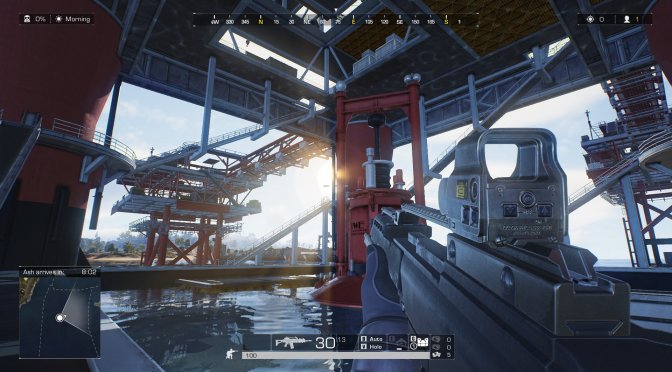NVIDIA and Aurora Studios have announced that Moonlight Blade and Ring of Elysium will add support for Ray Tracing Global Illumination and Ambient Occlusion. These two games aim to take advantage of RTX in order to improve their visuals/graphics.
Ring of Elysium is a free to play battle royale game that uses the in-house engine QuickSilverX. Thanks to the ray-traced GI and AO, the environments will be much more realistic. Additionally, the sunlight will be richer and warmer, and the shadows darker.
Bailin An, technical director from Tencent Aurora Studios, said:
“Since Ring of Elysium is a shooter with dynamic, large maps. We have high demands on dynamic global illumination, and higher demands on frame rates. And to our surprise, RT-core brings such an amazingly high-performance for us to implement the dynamic global illumination. It’s just so gorgeous and so efficient at the same time!”
On the other hand, Moonlight Blade is a fantasy martial arts MMORPG. This game also uses the QuickSilverX Engine, and will support both Ray Tracing Globall Illumination and Ambient Occlusion.
Feng Yang, game producer of Moonlight Blade, said:
“Moonlight Blade is a game with day-night cycles and fully dynamic weather. There are lots of things we can’t do without dynamic global illuminations. And with RT based global illumination, the game is not only more photo-realistic, but also expanded dramatically on our design and artwork possibilities.”
Moonlight Blade’s latest update (which came out yesterday) added support for RTX. Ring of Elysium will support these new Ray Tracing effects on October 22nd.
Enjoy!

John is the founder and Editor in Chief at DSOGaming. He is a PC gaming fan and highly supports the modding and indie communities. Before creating DSOGaming, John worked on numerous gaming websites. While he is a die-hard PC gamer, his gaming roots can be found on consoles. John loved – and still does – the 16-bit consoles, and considers SNES to be one of the best consoles. Still, the PC platform won him over consoles. That was mainly due to 3DFX and its iconic dedicated 3D accelerator graphics card, Voodoo 2. John has also written a higher degree thesis on the “The Evolution of PC graphics cards.”
Contact: Email

